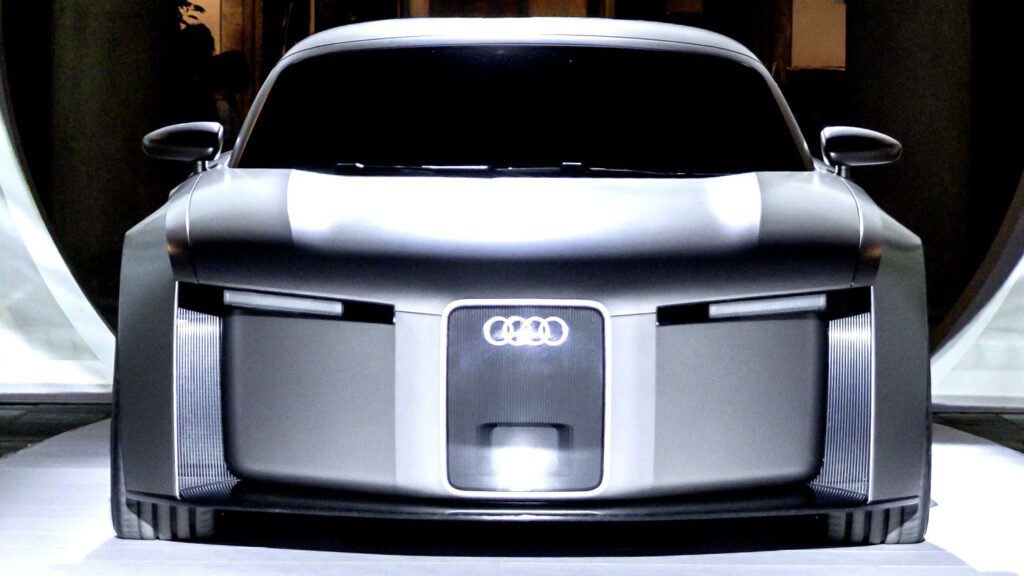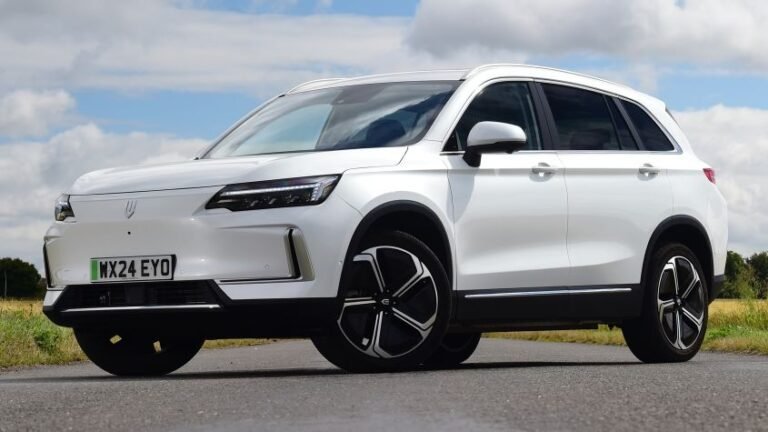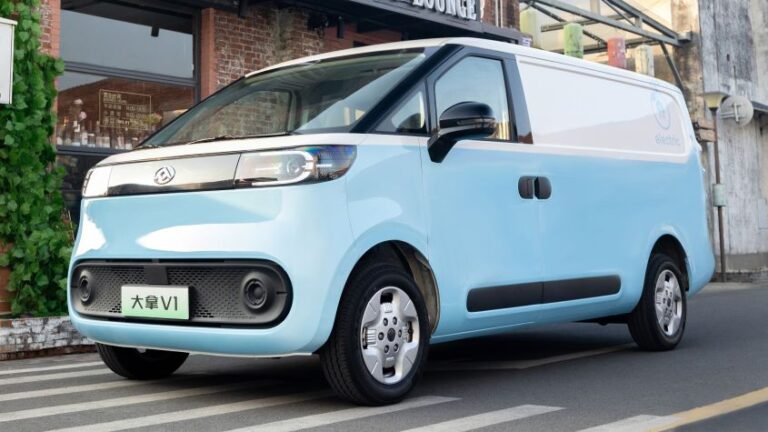

- The all-electric TT successor will hit the market just 30 months after being signed off.
- Many of the car’s parts will be shared with Porsche’s electric Boxster and Cayman.
- Like the Porsche twins, the Audi’s battery packs will be positioned behind the seats.
The Audi TT is long gone, but that doesn’t mean the brand is giving up on fun, compact sports cars. In fact, it has already started testing prototypes of what’s set to be the TT’s spiritual all-electric successor, recently previewed with the striking Concept C. Not only will the new model have a lot to live up to, but it’ll also be developed in less time than any other Audi to come before it.
To keep pace with the lightning-fast timelines established by Chinese automakers, Audi plans to launch its new electric sports car just 30 months after the project was approved. That kind of turnaround is a big shift for a brand known for taking its time.
Read: Audi’s Concept C Previews A Porsche-Linked Sports Car Coming Sooner Than You Think
“China speed at Ingolstadt comes with that car – around 30 months development time, which is really a revolution for us, to develop a car at that speed,” Audi chief executive Gernot Dollner told Autocar.
Shared DNA with Porsche, Different Identities
The electric TT successor will share more than a few components with Porsche’s upcoming all-electric 718 Boxster and Cayman. All three will ride on a modified version of the PPE platform co-developed by Audi and Porsche. Rather the battery pack being on the floor, as is common practice in most EVs, it will be located behind the seats, ensuring similar weight distribution and handling characteristics to a mid-engined sports car.
Still, Volkswagen Group boss Oliver Blume has been clear that despite the technical overlap, each model will stand on its own. “We have very clear brand identities which are very different between Porsche and Audi,” he explained. “That’s what we are doing across the Volkswagen Group, defining the clear brand identities.”
An EV That’s Focused On Fun
According to Audi chief technical officer Geoffrey Bouqout, the automaker is eager to ensure the electric TT is as fun to drive as possible.
“It’s all about the emotions and [being] fun to drive, and at the same time reducing to what you want to focus on,” he said. “Do you want to experience something that is full of information? No. You want to enjoy the drive, and you want to have only the information that you need, whenever you need – and this is part of the things that we’re working heavily on.”

Bouqout added that Audi isn’t necessarily trying to mimic the handling characteristics of the TT or a modern mid-engined model, but rather has taken inspiration from it “and translated it into a BEV model.” Its technical boss also noted that the company “don’t want to give some gimmicks” to enhance the driving experience.
“It’s more about also the acceleration, the capabilities of driving, while also being very stable. It’s something that we can fine-tune, all the sportiness, but I would not say we copied anything.”
The Case for Electric Thrills
For skeptics who believe the absence of an engine diminishes engagement, Blume offered a direct challenge: take the car for a spin. “They have to drive it. You feel so close to the road, having the noise of the wheels, and it’s such fantastic driving. The direct steering we have, it offers such a lot of opportunities, and then there’s the agility.”
On the design side, Audi executives suggest the production car will remain remarkably faithful to the Concept C with around 90 percent of the show car’s styling expected to carry over. If the schedule holds, the new model should arrive by 2027, completing one of the fastest development cycles in Audi’s history.

